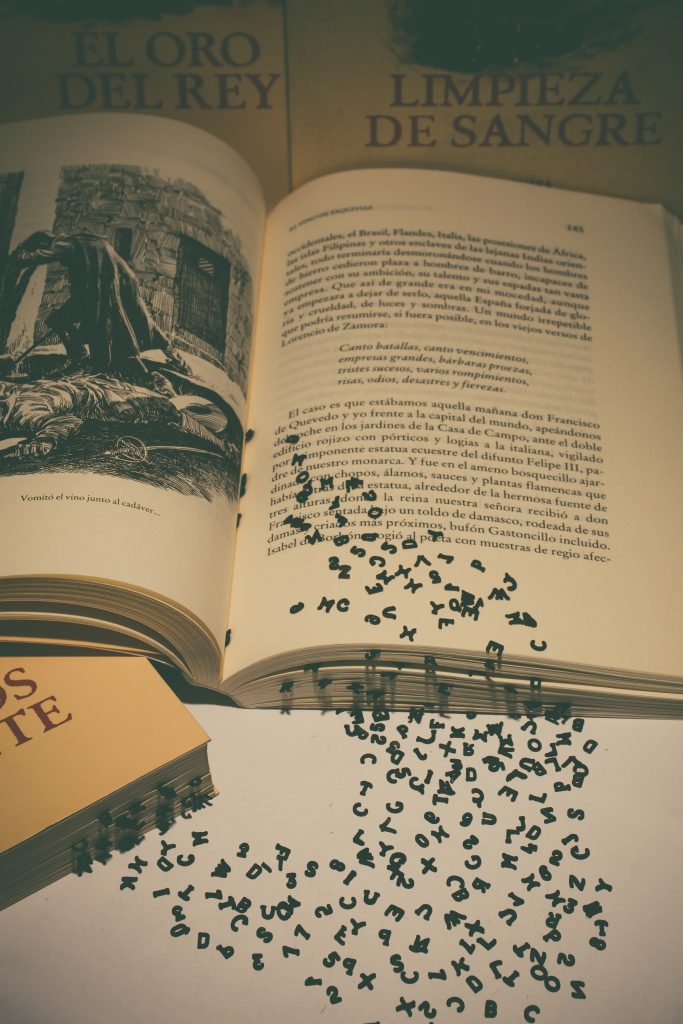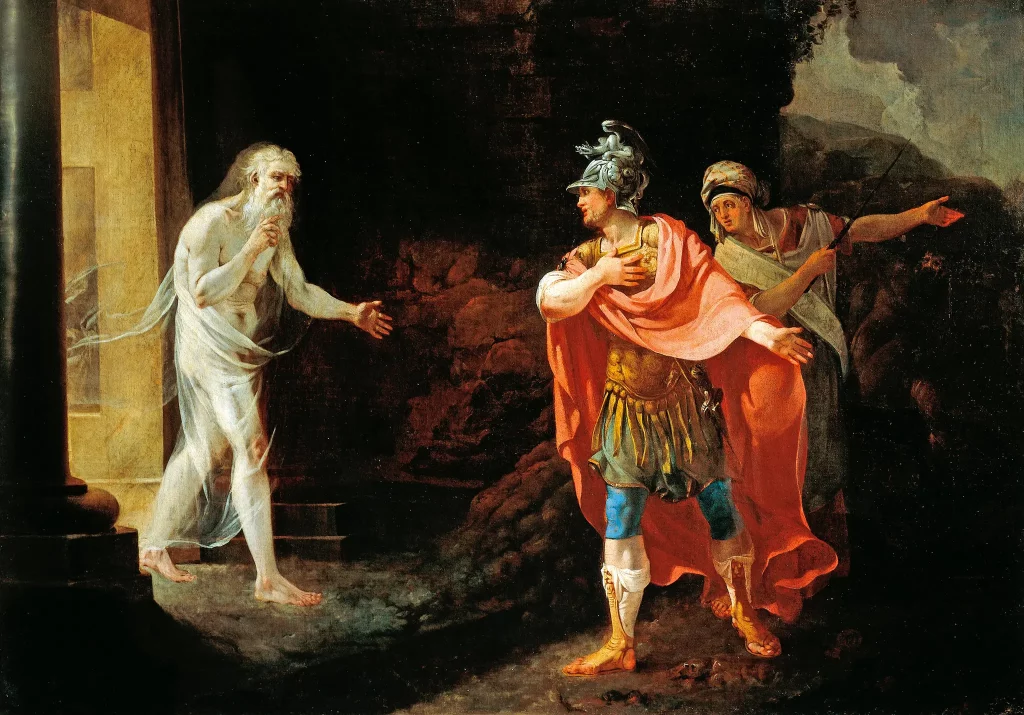This week’s “controversy” on EduTwitter seems to be the very suggestion that crowd control might be necessary in our schools. The mental gymnastics that some people will perform in order to persuade themselves that children do not behave in the proven, well-documented ways that we know all human beings behave is quite extraordinary.
Perhaps well aware of the reaction his post would get, David Scales, Principal of Astrea Academy, Woodfields, tweeted a couple of pictures from his school: “Introducing pink spots and pink lines. Pink spots – a duty point that staff must occupy if empty. Pink lines – one foot either side and queue if at a T, otherwise a corridor divider, walk on left.” Let us be clear, this is the use of visible guidelines for where large numbers of youngsters should assemble and/or where those managing them should ideally stand. How on earth this is controversial I will never truly understand, but the reaction it sparked would be hilarious if it weren’t so depressing.
“Professional adults expected to occupy spots; no wonder politicians treat us with contempt. It starts within” said one. Others seemed to feel that the staff at Scales’ school must be suffering from some kind of Stockholm syndrome: “It’s astonishing and worrying no staff have pointed out how ridiculous this is.” Numerous responses suggested that Scales does not trust his staff and that they are being treated with contempt, while others seemed to find the very need for visible markers beneath their contempt. “Utterly ridiculous. 37 years of teaching in primary schools and I have never wanted or needed anything like this.”
I am speechless. Stunned. Do these people occupy a different planet from the one on which I have spent my years to date? I spent 21 years in two secondary schools – neither of which could be considered “tough” schools by any stretch of the imagination – and I can well see the need for the spots and lines.
One of the things that I find particularly puzzling about people’s hysterical reaction to painted guidelines is their inability to see that a forward planning prevents poor behaviour from occuring, keeps everybody safe and shows children how to conduct themselves in the right way; the very people who claim to value students the most seem hell-bent on not showing them what good looks like, on not showing them how to behave, on setting them up for failure. Presumably the plan is that the kids should just line up however they fancy leaving staff to shout at them when they get it wrong. How incredibly stressful for all concerned.
One of the most important things to understand about schools – particularly large secondary schools – is that they work like a hivemind, like a well-oiled machine. Everything relies on staff being where they’re expected to be and on students knowing where to stand, how to move around, when to be quiet and what kind of conduct is expected of them. As soon as this is allowed to unravel, people are at best confused – the kind of situation that causes untold stress to many vulnerable students and their staff; at worst, people can find themselves at serious risk of harm.
Many critics of crowd control seem to possess a quite stunning inability to grasp that large numbers of people – any people, not just children – is a potentially risky situation in and of itself. I find myself wondering whether they are wilfully ignorant of human behaviour as well as remarkably blind to the architecture around them. Have they not noticed how many buildings are designed specifically with subliminal crowd control in mind? This is not because town-planners and architects believe that we are all savages, who will instantly descend into a re-enactment of Lord of the Flies as soon as we’re let out of our cages; it is because they know that people move around most comfortably, more conveniently and more safely if the flow of movement is managed in an orderly way. Quite simply, guidelines make things better and less stressful for everyone.
The Romans were concerned about crowd control. With their visceral distaste for civil unrest (perhaps a result of the regularity with which it occurred), Roman architects designed their public spaces with considerable thought to the fact that large numbers of people would be involved. Over a decade ago, archaeologist Alexis McBride wrote a fantastic blog post exploring the apocryphal skill with which the Colosseum – a structure that could hold up to 80,000 people – was designed to empty of its crowds as rapidly and efficiently as possible. By modern standards, the process would have been uncomfortable and dangerous but, as McBride puts it, it would have been fast! Likewise, this post from 2007 draws on the knowledge of Keith Still, an expert on modern crowd control, who has consulted on the Haj pilgrimage to Mecca and the Beijing Olympics; he found the amphitheatre at Pompeii to be a striking example of good design when it comes to crowd control.
So let’s hear it for painted spots and lines and for crowd control in general. If you’ve never felt unsafe in a crowd, lucky you. I have been terrified in crowds before, perhaps never more so than in an unsupervised crush at the very small, very expensive private school I was sent to as a child. You see, it doesn’t matter what kind of people are involved; if there is no order and no clarity, and you add in a little hysteria, a little noise, a little excitement, real danger can occur – even if the members of the crowd are all female, most of them bearing names such as Philippa and Felicity. Since that day I have always been alert to the risks of crowds, and have of course been at the centre of much larger and potentially more dangerous ones since – on the London Underground, on protest marches, after a concert. In all of those scenarios I have been viscerally aware of and hugely grateful for the time, the effort and the planning that other people have put into the process of keeping the members of that crowd safe. I would highly recommend that we show the same level of care and respect towards our children and the staff who are paid to look after them.







